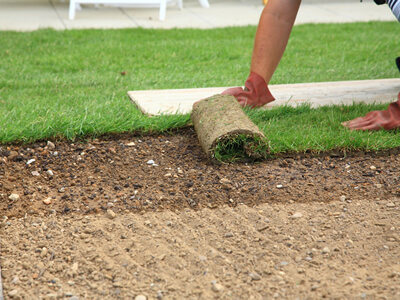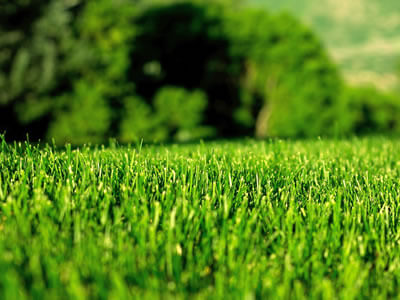3 things to think about before replacing a lawn
- Are the conditions suitable for growing healthy grass
- Should I re-turf or re-seed
- What is the alternative to completely replacing my lawn

How do I lay turf? Can I re-seed my lawn? How easy is it to make a new lawn? How long will it take for my new lawn to grow? Is seeding cheaper than turfing?
Most lawns can be repaired and do not need to be re-turfed
Why should I replace my old lawn?
The main reasons for replacing your lawn include
- The existing lawn is very patchy & bald
- Lawn moss is stopping grass growth
- Most of the grass is dead already


If your lawn looks like this it doesn’t necessarily need to be replaced
Here’s the important thing:
It may not be as bad as you think;
Most established lawns can be greatly improved without the need to replace the turf
4 simple tips to improve your existing lawn
- Treat weeds and moss with professional products
- Remove dead plants and thatch by raking or scarification
- Improve drainage and aeration by spiking the turf
- Top-dress and then over-seed the lawn
Perhaps you want to know how to replace a lawn that can’t be improved
- Remove the existing lawn completely
- Prepare the site correctly with a rake to make a seedbed
- Ensure it is level and fertilised
- Select a grass variety suitable for your site and the best quality seed you can afford
- If turfing then choose a reputable supplier of garden turf
- Install the turf correctly or seed at the right quantity and water as required – if it dries, it dies!
You might be wondering:
Can I really be bothered to do all this work myself?
If you want professional results from your new lawn project it’s worth employing a professional service and achieving a great lawn


 Established 2016
Established 2016



